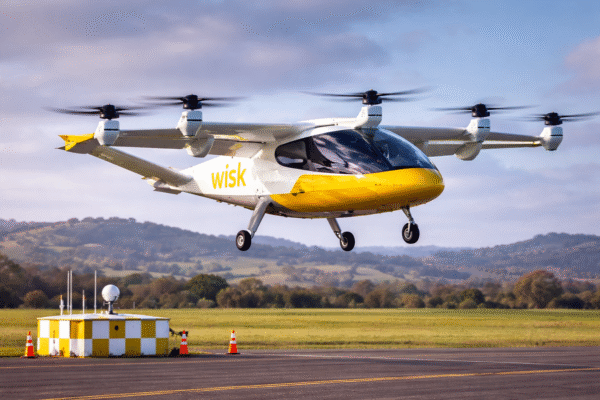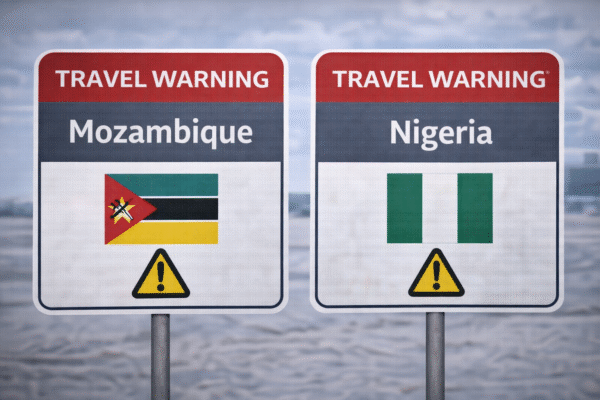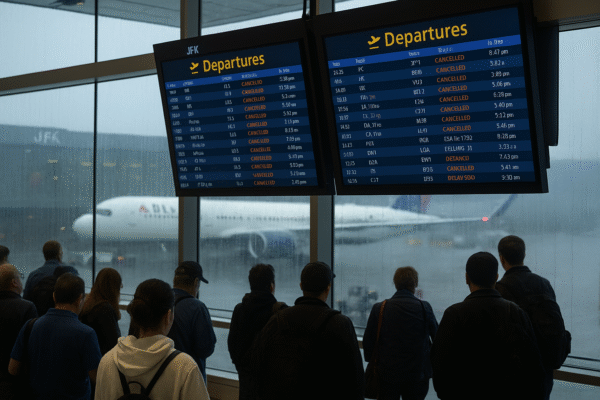Severe Thunderstorms Cause Widespread Travel Chaos at Major U.S. Airports
July 9, 2025 — A powerful line of thunderstorms stretching across the Eastern and Southern United States has led to mass flight cancellations and delays, bringing travel operations at key airports to a halt. As of Tuesday evening, over 7,000 flights had been canceled nationwide, with more than 26,000 delays reported, according to data from the Federal Aviation Administration (FAA) and major flight-tracking platforms.
FAA Imposes Ground Stops at Major Hubs
On July 8, the FAA issued multiple ground stops due to deteriorating weather conditions caused by thunderstorms producing heavy rain, lightning, and poor visibility. The hardest-hit areas included airports in the New York City region—John F. Kennedy International Airport (JFK), LaGuardia Airport (LGA), and Newark Liberty International Airport (EWR)—as well as Dallas/Fort Worth International Airport (DFW) and key Mid-Atlantic hubs such as Washington Reagan (DCA) and Philadelphia International Airport (PHL).
Ground stops were initiated at various intervals throughout the day, some lasting into the late evening, affecting both arrivals and departures. By 8 p.m. ET, thousands of passengers were stranded in terminals, with minimal information on rebookings and mounting concerns over ongoing storm activity.
New York-Area Airports Heavily Affected
JFK and LaGuardia—two of the nation’s busiest airports—faced prolonged delays after initial FAA-imposed ground stops were extended. Thunderstorm activity intensified over New York City throughout the afternoon, forcing airlines to cancel hundreds of flights and delay many others by over 90 minutes.
Travelers at JFK and LaGuardia reported long queues, scarce seating, and limited access to rebooking agents as the situation worsened. Many passengers were advised to seek hotel accommodations or consider alternate travel plans as airlines scrambled to reorganize disrupted schedules.
Nationwide Flight Impact: Baltimore, Philadelphia, and Beyond
The ripple effect of the East Coast storm system impacted airports nationwide. In addition to New York and Washington D.C., airports in Baltimore (BWI) and Philadelphia (PHL) experienced significant disruptions. Some airports reported up to 40% of all scheduled flights delayed or canceled.
Further south, flash flood warnings were issued for parts of Texas, particularly Austin and San Antonio, where recent rainfall had saturated the region. The National Weather Service (NWS) warned of localized flooding and urged caution for travelers and residents alike.
Forecast: More Storms to Come
Meteorologists from the National Oceanic and Atmospheric Administration (NOAA) predict continued thunderstorm activity through mid-week. States including New Jersey, Pennsylvania, Virginia, North Carolina, South Carolina, and Georgia remain under threat from additional rounds of thunderstorms, flash flooding, and gusty winds.
As the storm system shifts northeastward, travelers should anticipate ongoing disruptions through Wednesday, July 9, and possibly beyond, depending on the storm’s progression.
Airline Response and Travel Advisories
Airlines including Delta Air Lines, American Airlines, United Airlines, and JetBlue have issued travel waivers allowing affected passengers to rebook flights without incurring change fees. However, due to the high volume of impacted travelers during the peak summer season, seat availability remains limited.
Travelers are strongly urged to check their flight status frequently using airline mobile apps or flight-tracking services, sign up for text or email alerts, and avoid heading to the airport unless their flight is confirmed to depart.
Tips for Navigating Weather-Related Travel Disruptions
- Monitor Your Flight: Stay updated via airline websites and apps for real-time departure and arrival info.
- Arrive Early: Expect longer security and check-in lines due to flight rebookings and rescheduled travelers.
- Consider Travel Insurance: Policies that cover weather-related cancellations and delays can offer added protection.
- Stay Flexible: Be open to alternate airports or travel dates. Many airlines will rebook on later flights when weather clears.
- Follow Weather Updates: The National Weather Service and local meteorological agencies provide timely alerts on storm paths and severity.
Storm Impacts Extend Across the South and Mid-Atlantic
In addition to East Coast delays, airports in southern states including Charlotte Douglas International (CLT) and Atlanta Hartsfield-Jackson (ATL) were also placed on high alert due to possible storm interference. Richmond International Airport (RIC) and other regional airports have prepared for possible closures or runway delays if the weather worsens.
According to the FAA, airport operations will continue to be evaluated in real time as storms persist. The agency is working closely with airline operations centers and airport authorities to minimize further disruption.
Conclusion: Patience and Safety First Amid Travel Disruptions
With more storms predicted across the Eastern U.S., passengers are reminded that safety is the primary concern. While delays and cancellations can be frustrating, the decision to ground or delay flights is driven by a commitment to ensuring passenger and crew safety during adverse conditions.
The best strategy for travelers during this challenging period is to remain flexible, stay informed, and consider alternate plans. As the storm system progresses, normal operations are expected to resume later in the week—but until then, vigilance and patience will be key to managing the ongoing air travel chaos.
For more travel news like this, keep reading Global Travel Wire



















